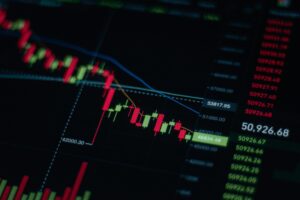BMI Group acquires idled Domtar pulp mill in Ontario
Timber Market Update – April 12, 2025
BMI GroupAs a leading industrial development company, it has established a subsidiary, Bioveld North Inc., and signed an asset acquisition agreement with Domtar to acquire an idle pulp mill in Espanola, Ontario.
The assets will remain the property of Domtar until the closing of the transaction, which is subject to customary regulatory approvals.
The acquisition establishes a northern counterpart to BMI’s Bioveld Niagara hub in Thorold, marking a new chapter for that industrial base while expanding BMI’s network of industrial intermodal sites in Ontario and Quebec – from Iroquois Falls to Niagara and east to Baie-Comeau on the Atlantic coast.
The agreement includes a 16 MW hydroelectric power station and dam that currently supplies electricity to the Ontario grid. BMI Group will invest in these energy assets to ensure their long-term viability and continue to contribute to sustainable energy resources in the region.
BMI focuses on “readiness and repositioning,” a process that has successfully reactivated idle industrial assets in Ontario, Quebec and Michigan by repurposing valuable infrastructure.
“We look forward to working closely with the Town of Espanola, the neighboring Anishinabek communities, and the federal and provincial governments to realize the competitive advantages of this exceptional region,” said Paul Veldman, CEO of BMI Group.
The plant, which was idled indefinitely in 2023, once employed 450 workers, and 32 people are still responsible for managing and maintaining the site. "The knowledge and skills of the people here are unparalleled. Their expertise will be crucial in shaping the next chapter," Veldman added.
LumberFlow Expert Interpretation
Impact on Chinese timber importers:
1. Capacity Substitution Effect:The pulp mill originally produced 300,000 tons of northern bleached softwood kraft pulp (NBSK) annually, and its idleness caused China's NBSK import price to rise by 8% in the short term in 2023. If BMI restarts production, it may ease China's high-end pulp import pressure.
2. Logistics network value:The factory is located in the Great Lakes shipping hub, and BMI's planned multimodal transformation may improve the efficiency of timber exports from eastern Canada. Chinese importers are expected to shorten the shipping cycle of SPF panels shipped from the Port of Quebec by 3-5 days in the future.
3. Energy cost transmission:The acquisition of the hydropower station assets means that future production will have an energy self-sufficiency rate of 16%. If used in the wood drying process, the FOB price of the board can be reduced by US$2-3/thousand board feet, which will have a marginal benefit on the CIF quotation in China.





